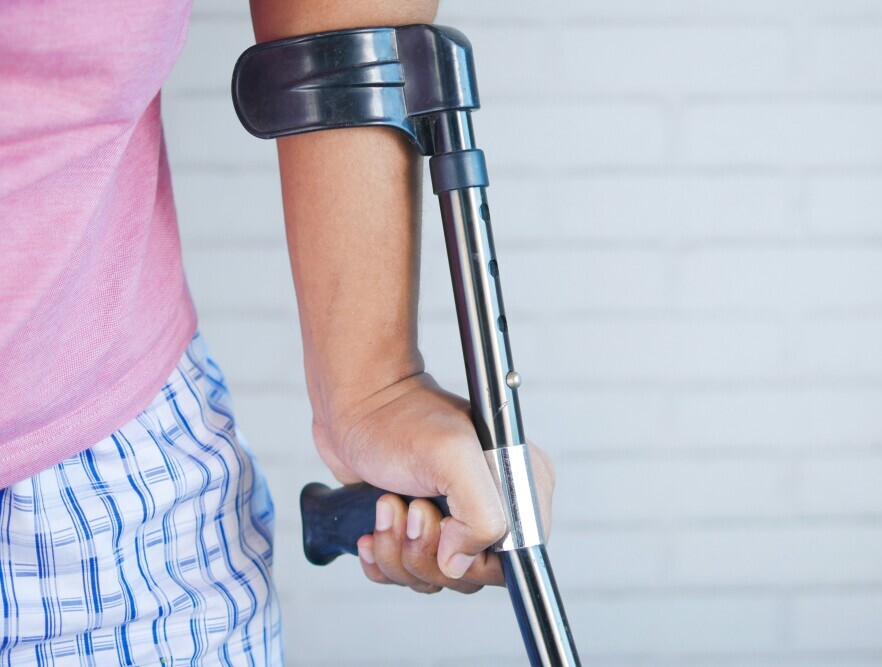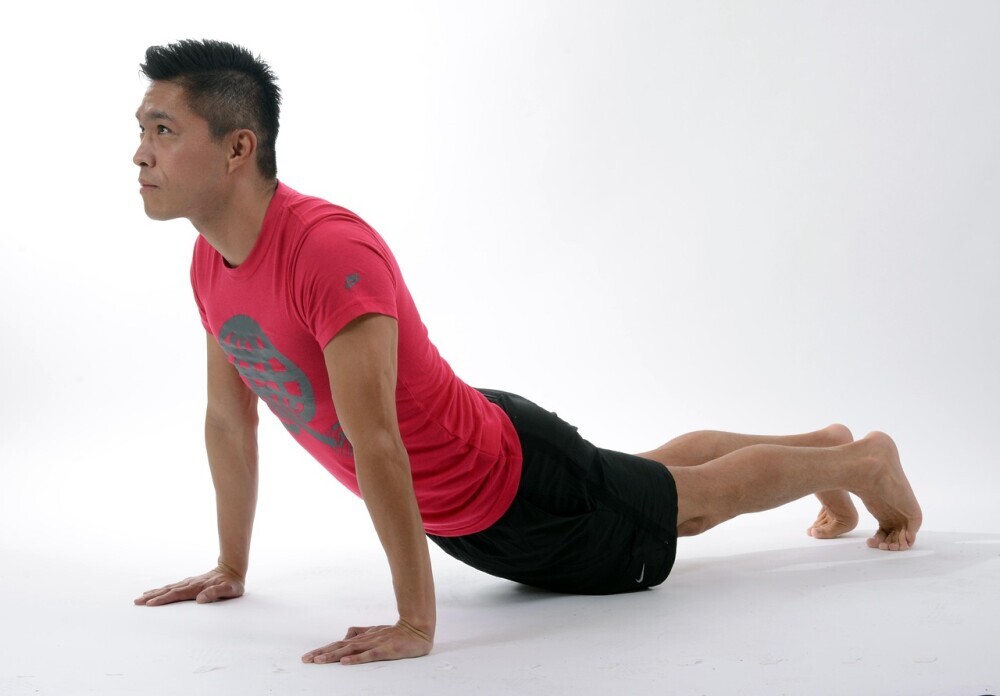How To Avoid Golf-Related Injuries


Fore! Quick note: a few links here are affiliate links. If you snag gear through them, I earn a small commission — no extra strokes added to your game.
Golf might not seem like the kind of sport that leads to injuries, right? But if you’re not careful, a relaxing day on the course can end up with you laid out on the couch nursing a sore back or worse. It’s not just about swinging a club; there’s a lot more to it than meets the eye. The golf viking is here to help you understand the risks and how to avoid them and keep healthy so you don’t ruin your summer by getting injured in the course.
A big reason injuries happen in golf is due to repetitive motion. Think about it—every swing you take involves the same movements over and over, and if you’re not doing it right, you’re putting extra strain on your muscles and joints.
Plus, if you try to hit the ball harder than you should, that’s another thing that can lead to problems. So the biggest risks right out of the gate are inflammation in your joints from this repetitive swing motion.
Then there’s the matter of technique. Now, I’m not saying you need to swing like a pro, but using improper techniques is like begging for an injury. It’s crucial to learn the right way to swing from the start, and honestly, a lesson or two from a pro might be worth its weight in gold. Twisting and jerking your body incorrectly is a surefire way to get injured.
Let’s not forget about fitness levels. The better shape you’re in, the lower your risk of getting injured. It’s often the kind of things we overlook, assuming golf can be played with minimal effort. But truth is, keeping a certain level of physical fitness can be a game-changer, both for your game and your body. So just being in good physical condition can help you avoid getting injured on the course.
Weather and local conditions play their part too. Damp grass, uneven ground, or even a rogue ball can all be hazards. So keeping an eye on the ground you’re walking and the skies above can keep you out of a lot of trouble. Let’s take a look at some of the most common injuries that golfers will want to avoid.
If you want to build strength and stability to protect your joints, check out our guide on Golf Fitness for Power, Flexibility, and Consistency — it’s packed with exercises that reduce the risk of injury while improving your game.

Exploring Common Golf Injuries
Despite seeming like a laid-back activity, golf can lead to a host of injuries if you’re not smart about it. Some of the more common culprits keeping golfers off the course include lower back pain, elbow troubles (often called “golfer’s elbow”), and shoulder strains. It’s not all about swinging the club—the whole body’s involved, and that makes these areas vulnerable.
Overuse is a big issue in golf. When you keep repeating the same actions without giving your body time to recover, it might just fight back with an injury. Stress injuries crop up a lot this way, especially if you’re ramping up the number of rounds per week without any built-in rest.
Age and skill level also have their say in the type of injuries you might face. More mature players might notice aches here and there that younger folks don’t. And beginners, despite their enthusiasm, can be at risk of injuries due to not being as familiar with proper techniques or pacing during a game. So it’s important to make sure you are swinging correctly so that you don’t wind up on the couch for the rest of the summer.
Interestingly, amateurs tend to get injured more than the pros. Quite simply, pros have probably had way more experience in how to avoid injury through better techniques, fitness, and knowing when to give their bodies a break. But that doesn’t mean you’re out of luck. Simply being aware of these common injuries is your first step to avoiding them yourself!
Many golf injuries come from poor swing mechanics. Our detailed breakdown in Mastering the Golf Swing shows you how to develop a more efficient motion that puts less strain on your body.

Preventative Steps to Avoid Golf-Related Injuries
Staying injury-free on the golf course doesn’t have to be complicated. With the right approach to training and conditioning, you can keep those aches at bay. It’s not just about lifting weights but tailoring your workouts to improve flexibility, core strength, and balance—all crucial to a solid golf performance.
Your swing is the star of the show, but it doesn’t have to hurt. Working on proper technique isn’t just for the professionals. And don’t worry if you’re not ready to take lessons; even small tweaks can help out, like aligning your feet correctly or adjusting your grip. This alone can decrease your injury risk immensely.
Having the right gear can also make a big difference. Clubs that fit your body and style can help prevent unnecessary strain. Getting fitted by a pro might seem like a hassle, but it’s worth the effort. Using the wrong size club can cause you to overextend your swing and twist your body too much. Besides, who doesn’t want gear that feels like an extension of their own arm?
Don’t underestimate the power of good practice habits. Warm-ups are key, but maintaining overall good posture and careful positioning during the game can really reduce the risk of injury. When bending, crawling under carts, or squatting down to measure putts, staying mindful helps keep strains and twists out of your golf day. Now let’s get into the best way to avoid injuries in the first place.
Your equipment plays a big role in injury prevention. In Golf Training Aids and How to Use Them, we highlight tools that help improve form while minimizing repetitive strain.

The Power of Pre-Game Stretching
Stretching before hitting the golf course might feel like a chore, but it’s one of the best steps you can take to protect your body. Flexibility is your best friend when it comes to preventing injuries, helping your muscles move smoothly and reducing the chance of strain. Don’t make the same mistake that too many golfers do by underestimating the power of good stretching before a round.
Get yourself into the habit of performing a few key stretches before you head out onto the course. Your body will feel more limber and loose to help you nail that perfect swing. Get into a good stretching routine that will help your muscles and joints get ready for the round ahead. There are many stretches you can do, but make sure to perform stretches that will help the muscles that you will be using when you swing.
Focusing on stretches that target key muscle groups—like those in your lower back, shoulders, and hips—sets you up for a great round. Think about it this way: the more limber your muscles, the more fluid and unstrained your swing. So not only are we talking about avoiding injury, but you’re also loosening your body up for a better and more relaxed swing.
Dynamic stretching is gaining ground over static stretching among golfers. While both have their place, dynamic routines involve movements like arm circles and walking lunges that prepare your body better for an active round. Body twists, half moon poses, and back stretches can really help you prepare for the back and forth motion that a golf swing will create.
Crafting your own pre-game stretch routine doesn’t have to be complex. Listen to your body and focus on areas that feel tight. And make it a habit! A consistent stretching routine not only prepares your body each time you play, but over time, it can actually improve your overall flexibility and playing comfort.
Improper grip or stance can lead to elbow, wrist, and back pain. Our Ultimate Guide for How to Fix a Slice includes posture and alignment advice that also doubles as injury prevention.

Maintaining a Healthy Lifestyle for Golf
Keeping yourself in good shape for golf isn’t just about what you do on the course—it’s a lifestyle. Being fit and healthy means you can enjoy the game longer and with less risk of injuries. And less injuries means more time out on the course playing instead of having to sit out all summer while your buddies enjoy the course.
Nutrition is a key player here as well. Eating a balanced diet fuels your body for those long rounds and helps with muscle recovery. Think of your body like a car; the better the fuel, the better the performance. Eating well in general will help keep you in general health, but make sure to eat well before you out for a round especially. Before going out take on foods that will provide you with nutrients and lasting energy but that won’t bog you down after 3 holes.
Beyond diet, creating a regular workout routine helps maintain strength and flexibility. Focusing on core exercises, cardio, and strength training can help you stay resilient on and off the course. All of this combined will not only help you avoid injuries but actually make you more fit and actually improve your game.
Mental wellness isn’t to be overlooked either. Stress and lack of focus can contribute to poor form and injuries over time. Incorporating mindfulness or relaxation techniques may help keep your head as clear as your swing. Playing golf stressed and anxious never turns out well.
Remember, it’s all about the long game. Small steps towards a healthy lifestyle will keep you playing golf with your friends and family for years without having to worry about being sidelined from injuries. I’ll see you out on the golf course, healthier than ever.


